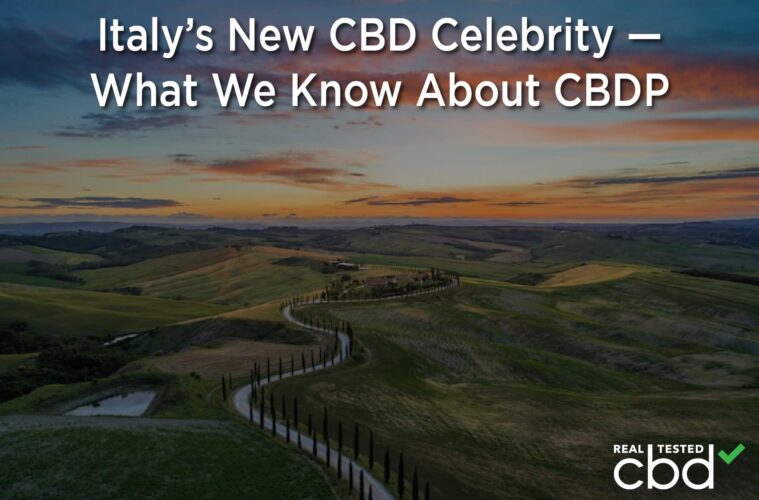Although people have been cultivating hemp for centuries, there are countless chemicals in this plant that scientists have yet to uncover. Case and point: It wasn’t until 2019 that researchers knew about the cannabinoid CBDP. Technically called “cannabidiphorol,” CBDP was discovered accidentally in an Italian laboratory. Even more interesting, scientists also found the new cannabinoid THCP in this same trial.
Obviously, since we’ve only known of CBDP’s existence for a few years, it’s impossible to say how it affects patients. Heck, scientists are still figuring out how better-known cannabinoids like CBD affect the endocannabinoid system. However, preliminary findings suggest that CBDP may have a bright future in the global hemp market.
What Separates CBDP From CBD?
The chemical structure of CBDP and CBD is nearly identical. In fact, if Italian researchers didn’t examine the side-chain of these cannabinoids, they may not have noticed any difference between them. Unlike CBD, CBDP has an extra two carbon atoms on its alkyl side-chain. In other words, CBDP has seven carbon atoms, while CBD has five.
Why is this significant? To be frank, we’re not sure how a longer alkyl side-chain will alter CBDP’s effectiveness. However, researchers strongly believe these extra atoms make THCP about 30 times stronger than standard delta-9 THC. Therefore, many in the hemp community assume CBDP must be more intense than CBD.
However, since CBDP resembles CBD, it’s unlikely to bind with CB1 receptors and cause “high” sensations. CBDP shows no signs of psychoactive potential, so it probably doesn’t have as profound of an effect as THCP does compared with delta-9 THC.
Is It Legal To Buy CBDP Products?
There’s no law banning the sale or manufacture of CBDP products. Since most scientists believe CBDP has a non-intoxicating effect on the endocannabinoid system, it’s unlikely states will move to ban it like THC-related hemp cannabinoids.
The major problem people have with buying CBDP nowadays is finding a high-quality product. Not only is CBDP so new, it’s one of the least common cannabinoids in hemp flowers. CBDP only makes up about one percent of total cannabinoid concentrations in most cannabis strains.
Hemp extractors need more data on how to safely synthesize CBDP molecules in a lab setting if they want to make affordable CBDP extracts. Also, since we know little about CBDP’s effects, most customers aren’t too keen to experiment with it.
Hopefully, as more scientists turn to CBDP, customers will have more options and knowledge on this cannabinoid.
Curious About Secondary Cannabinoids? Stick With Real Tested CBD!
Although Real Tested CBD focuses on CBD and delta-8 THC products, our team is fascinated with exciting new hemp cannabinoids like CBDP. If you’re as curious about the intricacies of CBG, CBC, and HHC as we are, then you’ve got to keep tabs on Real Tested CBD’s blog. Our reporters constantly post hot new articles on the latest hemp-related news and discoveries.
If you’re a hemp fanatic, please read through the latest Real Tested CBD’s blog articles. You could also follow us on social media for the latest & greatest hemp content.
Advertising disclosure: We may receive compensation for some of the links in our stories. Thank you for supporting Irvine Weekly and our advertisers.


